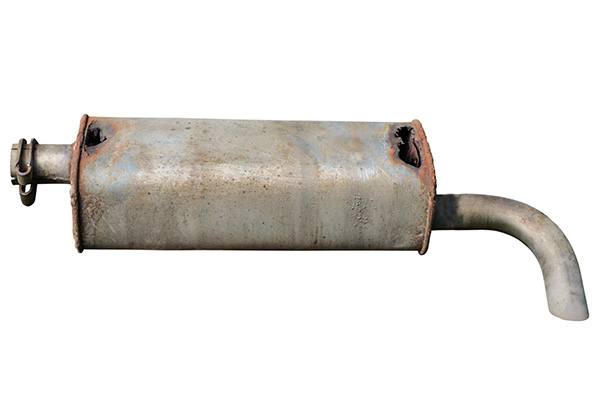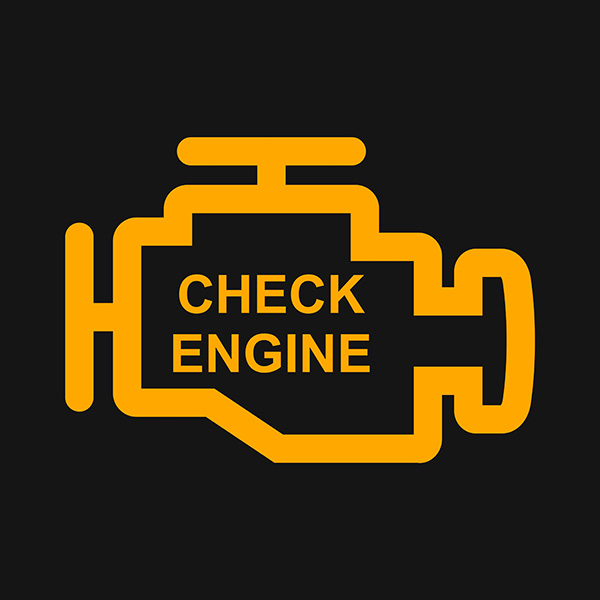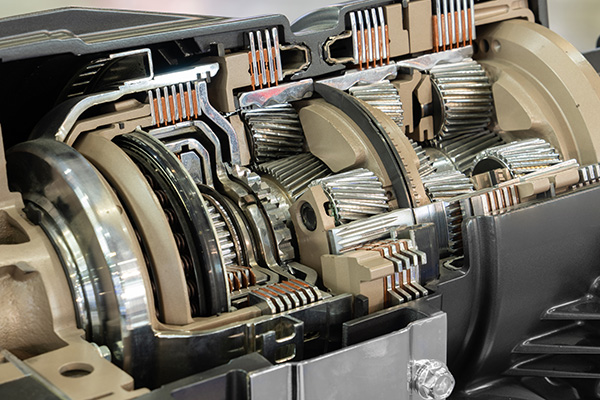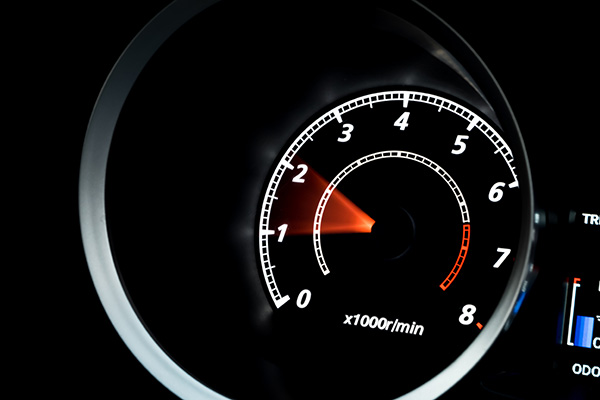Posted on 11/28/2025

A car should settle into a calm, even idle after it warms up. If the steering wheel trembles, the seats buzz, or the hood dances a little while you sit at a light, something is off. Rough idle can feel worse with the A/C on or when you shift into gear. The good news is that a handful of common issues cause most idle shakes, and a careful inspection can narrow them quickly. What a Healthy Idle Feels Like On a healthy engine, the tachometer stays steady and the exhaust note is smooth. You might feel a faint hum from the road, but not a cyclical shake through the wheel or pedals. The idle should remain stable when the engine is fully warm, the cooling fan cycles on, and the alternator or A/C clutch adds load. If rpm dips, surges, or the whole car shivers, the engine is either struggling to breathe, to meter fuel, or to handle added load at low speed. Misfires ... read more
Posted on 10/31/2025

Many drivers brush off an exhaust leak as just an annoying sound. Maybe it’s a ticking or popping noise when the engine starts, or a deep growl when accelerating. But the truth is, exhaust leaks can lead to much more than irritating sounds. They can reduce engine performance, increase emissions, and in some cases, expose you and your passengers to harmful gases. If left untreated, what starts as a small leak can turn into a serious safety issue, not to mention expensive repairs down the road. What Is an Exhaust Leak Your exhaust system is designed to route engine gases safely away from the engine and out the back of the vehicle. It includes the exhaust manifold, catalytic converter, resonator, muffler, and a network of pipes that carry gases through the system. An exhaust leak occurs when there’s a crack, hole, or failed gasket anywhere along this path. Instead of flowing smoothly through the system, gases escape into areas where they shouldn’t be ... read more
Posted on 9/26/2025

When the check engine light comes on, it’s easy to assume the problem lies under the hood. While that’s sometimes true, transmission issues, especially faulty sensors, are also a common cause. In modern vehicles, your transmission relies on several sensors to monitor speed, fluid pressure, and gear position. If any of these sensors fail or send inaccurate signals, the engine control module (ECM) may detect a problem and trigger the check engine light. Understanding how these sensors work and what happens when they fail can save you time, money, and unnecessary stress. How Transmission Sensors Communicate With Your Vehicle Modern automatic transmissions are highly complex, and sensors are at the heart of how they function. These sensors send constant data to the ECM, which uses the information to control gear shifts, manage torque, and optimize performance. When a sensor fails or provides inconsistent readings, the ECM can no longer make accurate adjustm ... read more
Posted on 8/29/2025

Modern vehicles are constantly evolving, and one of the most noticeable changes in recent years is the number of gears in automatic transmissions. Decades ago, 3- or 4-speed transmissions were common. Now, it’s not unusual to see vehicles with 8, 9, or even 10 speeds. Some car owners are left wondering: does more always mean better? Let’s explore why transmission gear counts have increased, how they impact performance, and whether having more gears always benefits your drive. How Do More Gears Actually Help A transmission’s job is to manage power delivery from the engine to the wheels. It utilizes different gears to maintain the engine's optimal speed—whether you're accelerating, cruising on the highway, or climbing a hill. More gears allow the engine to stay closer to its optimal RPM range more of the time. That can lead to smoother shifts, better fuel economy, and improved acceleration. For example, a 10-speed transmission can make ... read more
Posted on 7/25/2025

A smooth, steady idle is something most drivers take for granted — until it starts acting up. If you notice your engine's idle speed rising and falling or the car shaking slightly when you’re stopped, it can be both annoying and worrisome. Fluctuating idle speed is a sign that something isn’t quite right under the hood. Understanding the potential causes can help you catch small problems before they become major repairs. What Is Normal Idle Behavior When your engine is idling, it’s running just fast enough to keep itself alive without stalling — usually around 600 to 1,000 revolutions per minute (RPM), depending on the car. A healthy idle should feel stable and consistent. Slight changes in RPM are normal when turning on the air conditioning or using certain electrical systems, but large or frequent fluctuations suggest an underlying problem that needs attention. Common Causes of Fluctuating Idle Speed There are s ... read more